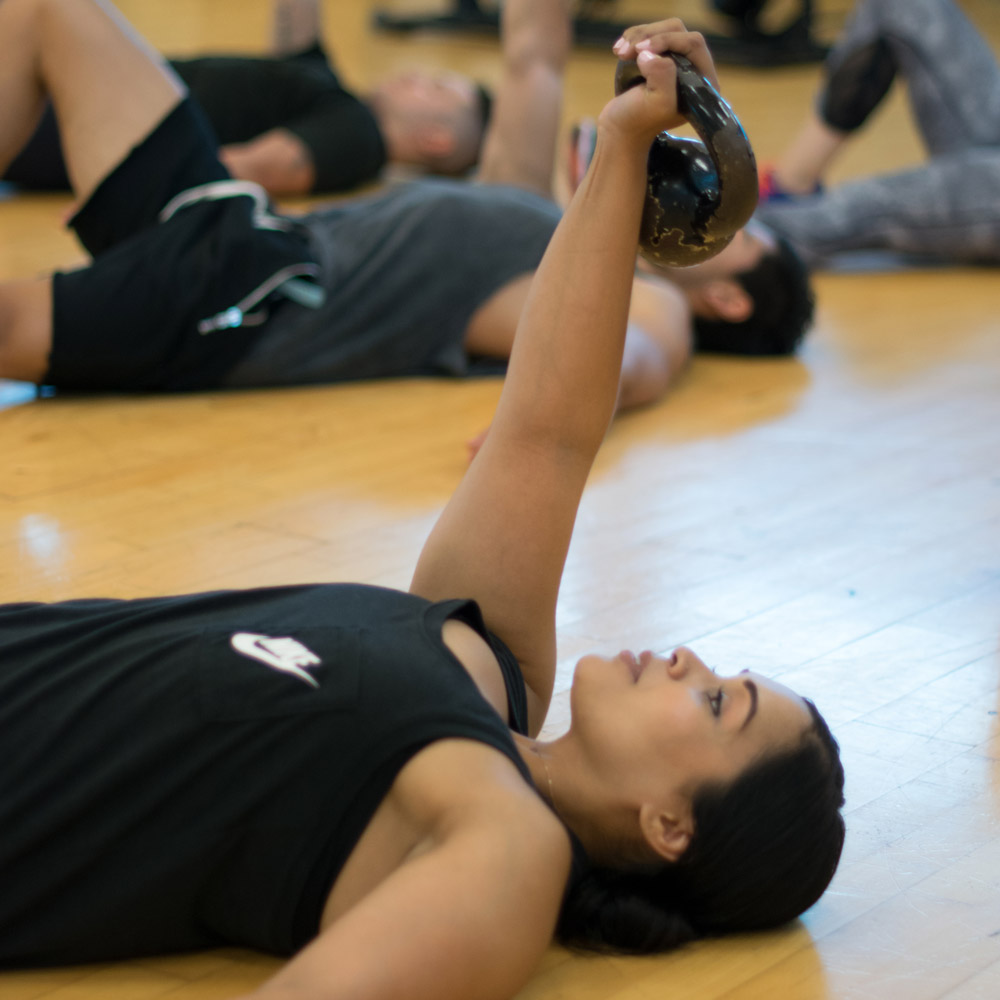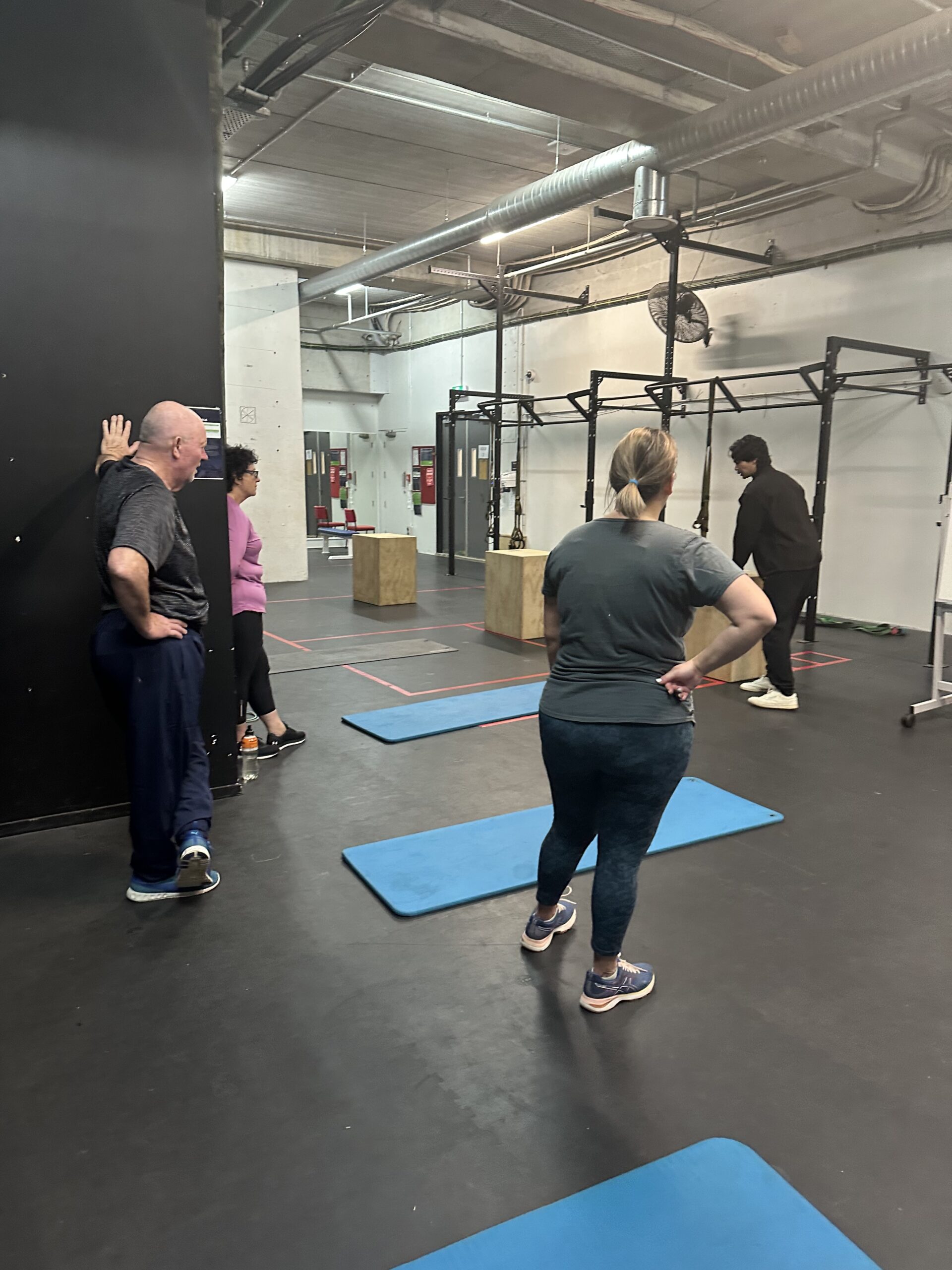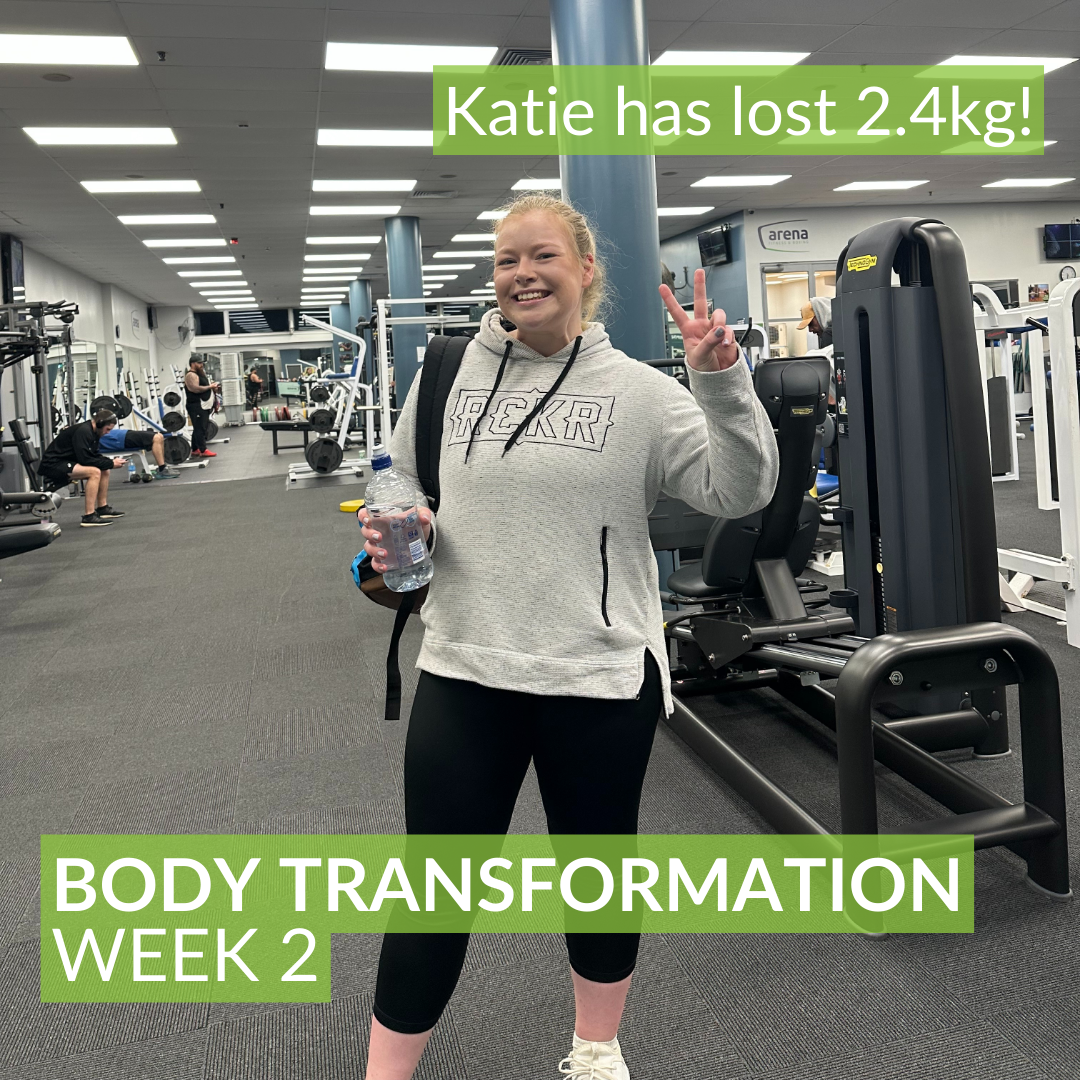What is DOMS? How can we reduce it post Workout?
What is DOMS?
DOM’s stands for Delayed-Onset Muscle Soreness, causes an inflammation response that occurs a day or two after a workout. Symptoms may include short term loss of muscle strength, muscle fatigue, muscle stiffness and pain and, muscles worked feel tender to touch.
What causes DOMS?
DOMS can occur when you’ve worked your muscles harder than you normally would have by increasing the intensity of your workout. For example you may have increased your weight, sets or repetitions, or it could even be you’re new to training or returning to exercise after an injury.
Challenging your muscles can cause small tears called “micro tears” which occur inside the muscle tissue. Your body reacts to this damage by increasing inflammation, causing you to feel sore and achy.
DOMS is also triggered by eccentric muscle contraction this is when the muscle tenses as it lengthens. An example of this is a bicep curl, as you lower the dumbbell the bicep muscle engages to support the weight.
Should you train with DOMS?
This is a question I get asked a lot.
If you are experiencing delayed onset muscle soreness, it can be appealing to stop moving altogether until you recover. However, by continuing active recovery exercises such as yoga or low intensity cardio, you can help reduce muscle soreness and speed up recovery time.
If you do resistance workouts 5 times a week, consider training a different area of your body. For example, if your upper body is feeling sore from your last workout, do a lower body workout and allow your upper body muscles extra time to recover.
Ways to reduce DOMS?
Prioritise a proper cool down- Making time for static stretching or low-intensity movement at the end of each training session can help to reduce delayed-onset muscle soreness. You could also include foam rolling at the end of each session to stimulate blood flow.
Increase intensity gradually- When you start a new exercises programme or training style, alter the intensity of your training to make sure you can complete the recommended number of repetitions easily. As you gain more confidence, you can increase the number of reps, sets or the amount of weight.
Drink lots of water – Make sure you stay hydrated before, during and after your workouts. Something as simple as carrying your water bottle around with you during the day, can remind you to take regular sips and stay hydrated.
Eat more protein- After a workout, protein helps repair the muscle fibres that are broken down during exercises, this can help reduce recovery time and soreness. Include foods such as Eggs, nuts, oats, meat or tofu.
Sleep- Developing a good sleep routine is a useful tool, to not only help prevent and reduce DOMS but to help repair your muscles and overall well-being. Try and aim for 7 hours sleep, if you find it difficult to reach a state of deep sleep, you could try taking a salt bath, slow breathing & reducing screen time before bed.
What are the symptoms of DOMS?
Signs that you have delayed onset muscle soreness include:
- Muscles worked feel tender to touch
- Stiffness and reduced range of motion when moving
- Short term loss of muscle strength
- Muscle fatigue
If you find that you are sore the next day after a workout, there are ways that you can speed up your muscle recovery and get back to your training.
It’s important to note that if you don’t experience delayed onset muscle soreness, this doesn’t necessarily mean that you’ve reached a workout plateau. There are other ways to track your fitness progress to ensure you’re moving towards your health goals.




